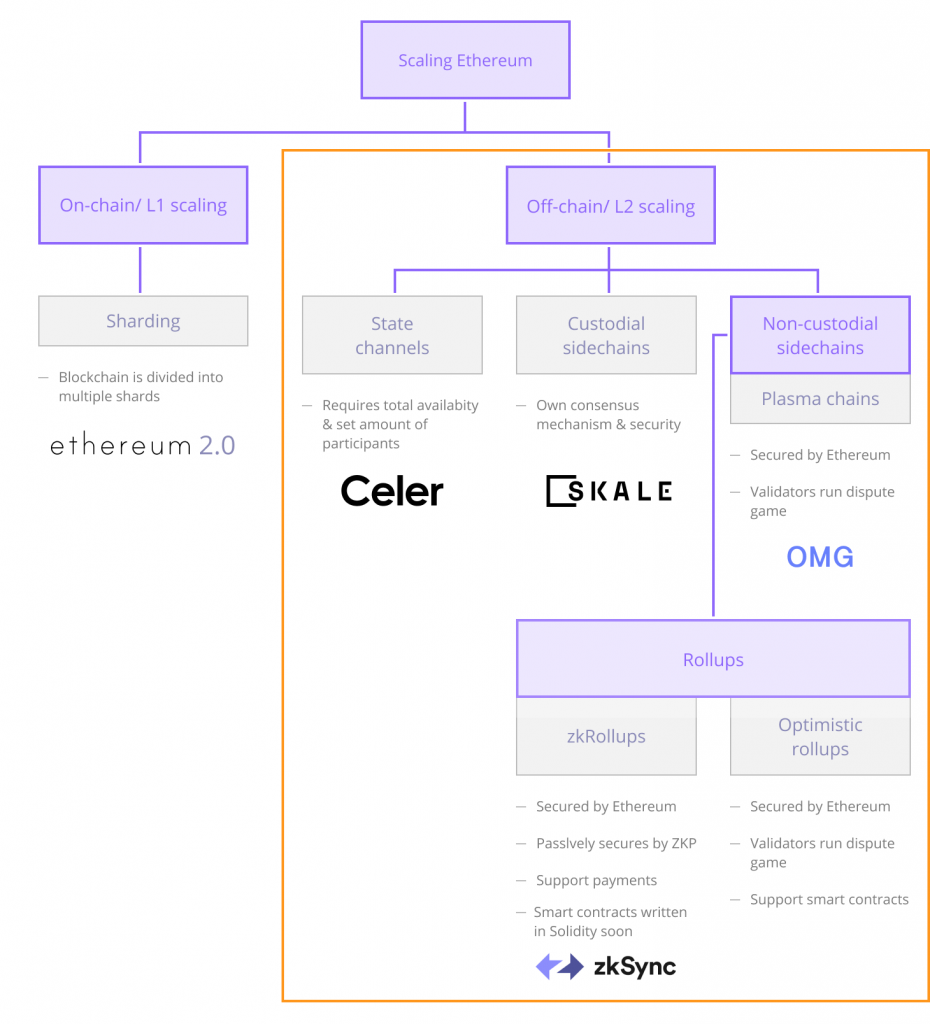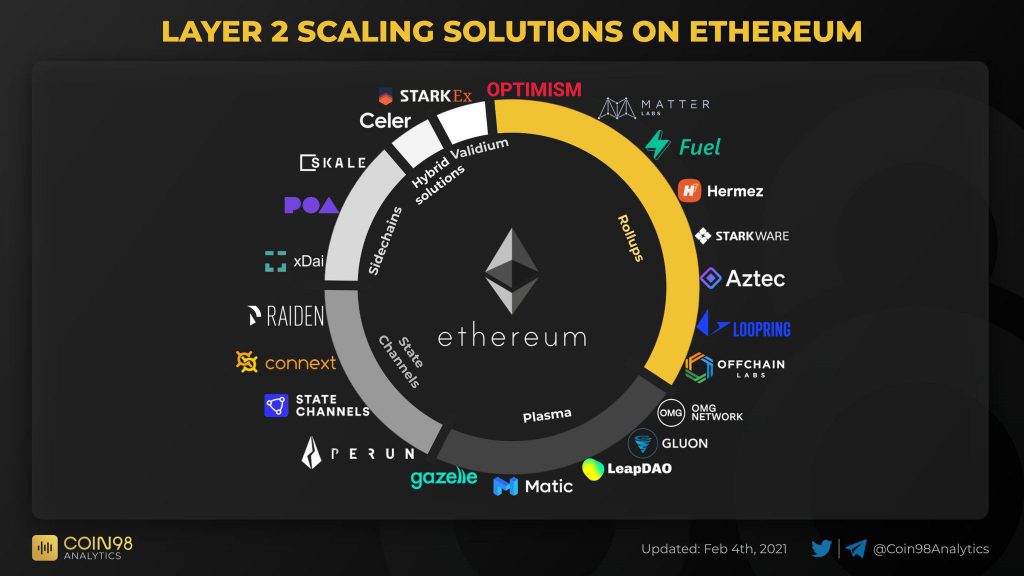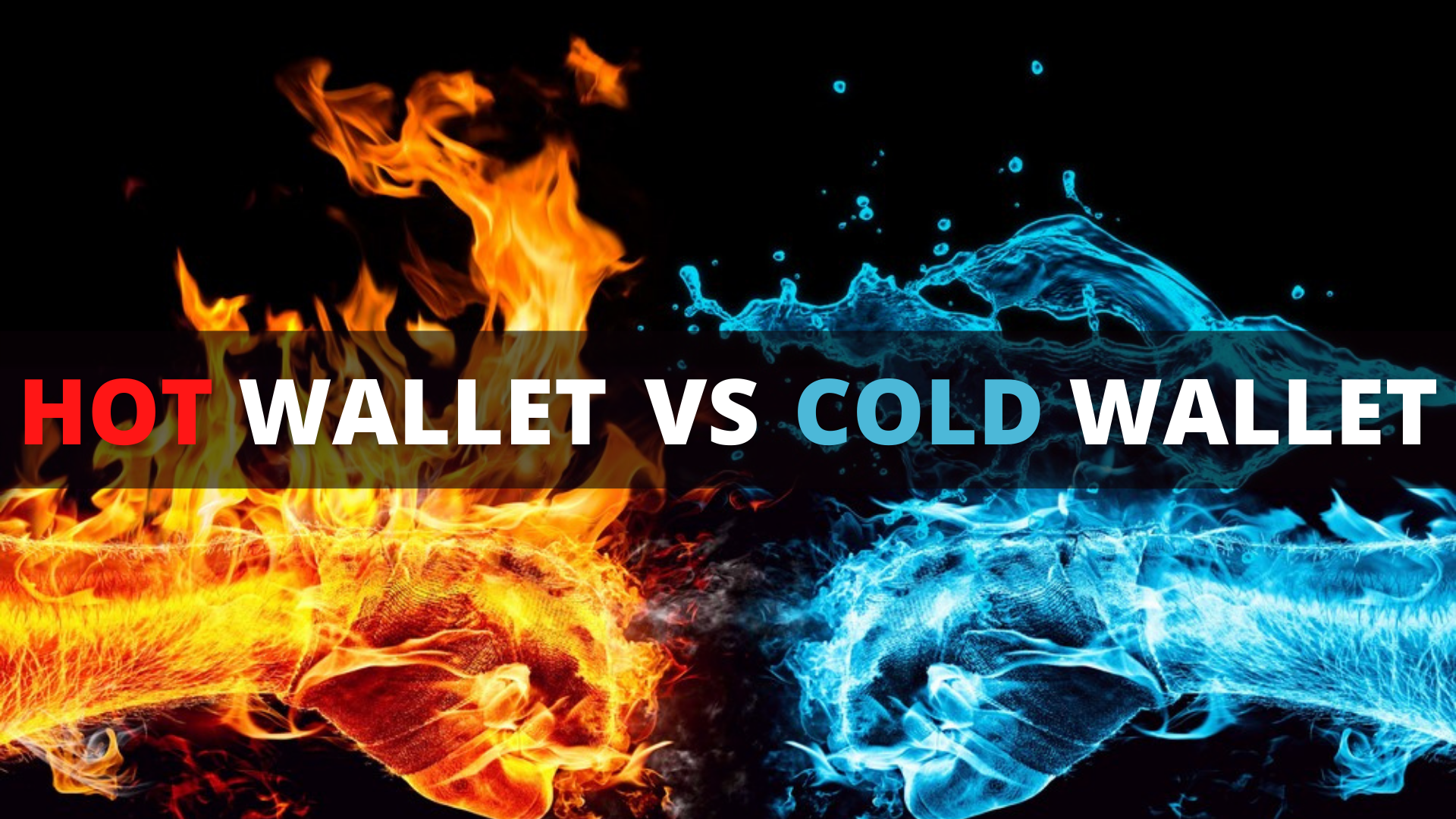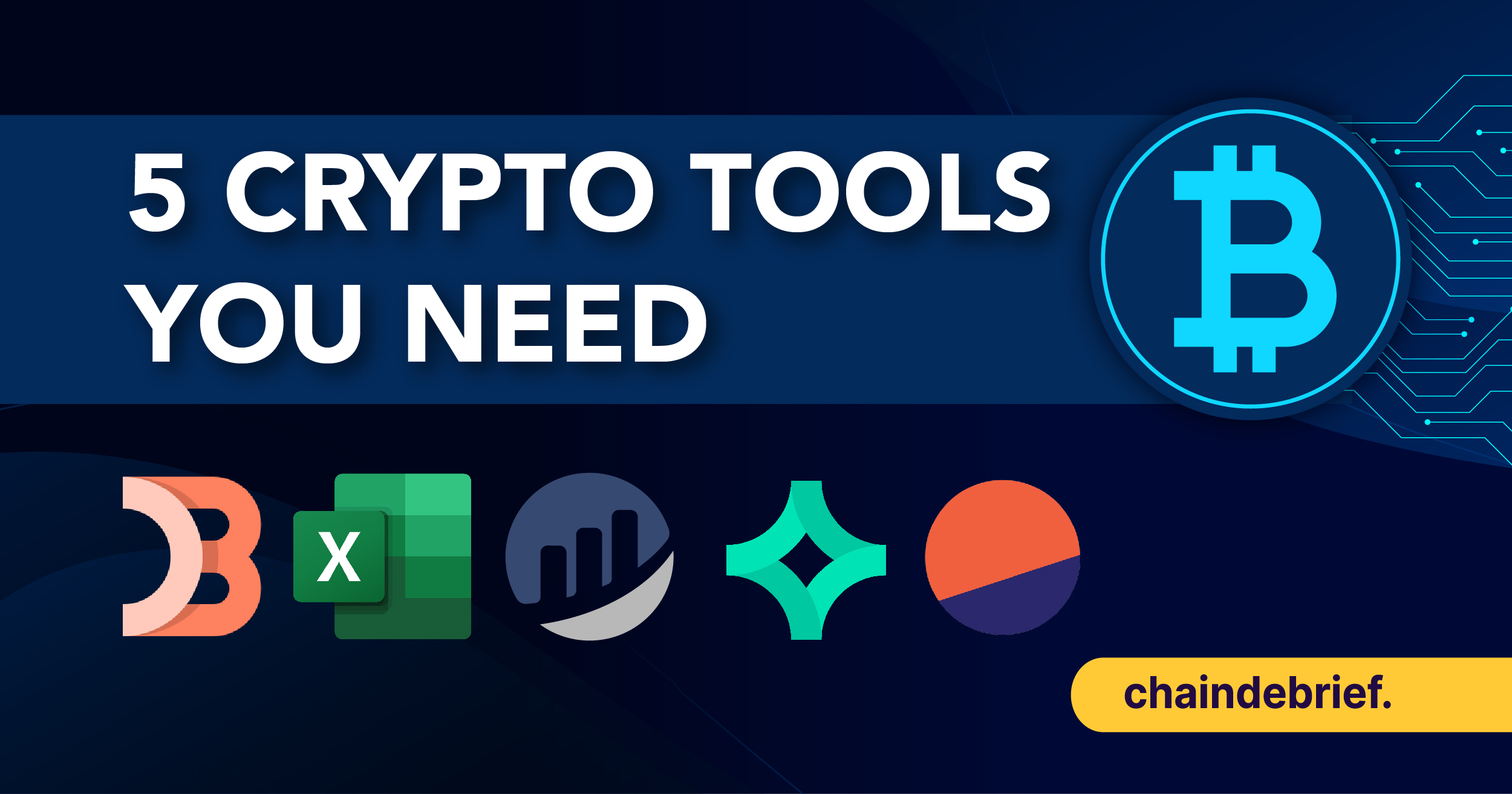One of the most commonly mentioned terminology recently are Layer 2 scaling solutions. What exactly are they?
The problem and the need for Layer 2 scaling solutions
Before we go into detail for all the layer 2 scaling solutions, let us look at what problem are these layer 2 scaling solution fixing and why are they growing in importance.
Essentially, Layer 2 scaling solutions are built on top of the Ethereum network meant to fix the scaling issue faced by Ethereum.
As Ethereum grew in popularity, the on chain transaction of Ethereum skyrocketed. As Ethereum was originally built around the “proof of work” concept, there is a limitation to how fast these transactions can be “cleared”.
With the popularity of the Ethereum network exploding, the network is unable to clear these transaction fast enough to meet the demand, leading to a high transaction fee (gas fee). To put things in context, the average fee per transaction for Ethereum is as much as $30 per transaction, compared to less than $1 five years ago (3000% increase in fees)

Currently, the Ethereum network can only process 15 – 18 transactions per second while it is estimated that demand for the Ethereum network is at 5 figures transaction per second.
The limitation of Ethereum is caused by its design – every transaction on the Ethereum network is required to be processed by every single node in the network in parallel. This is what makes it authoritative.
There are 2 ways to scale Ethereum so that the blockchain and process more transaction per second:
- On-chain / L1 scaling – Also known as sharding, this involves creating new chains known as “shards” on the Ethereum blockchain, thereby reduce network congestion and increase transactions per second. each of which can independently process transactions. Sharding is often referred to as a Layer 1 scaling solution because it is implemented on the Ethereum main blockchain.
- Off-chain / L2 scaling – These are projects that are built and run on top of the main Ethereum blockchain. These L2 scaling solutions enjoy the security of the Ethereum network, but they are also able to handle many more users or data than what the Layer 1 could accommodate.
The different Layer 2 scaling solutions
As Ethereum faces “bandwidth” issue, these new protocols known as Layer 2 scaling solutions are created to help solve these “bandwidth” issue so that transactions can be “offloaded” onto these new protocols.

For Layer 2 solutions, there are various ways to do this, and each of these solutions have its merits and limitation.
Here are some of the popular Layer 2 scaling solutions on Ethereum:
| Protocol | Type of Layer 2 Solution |
| Optimism | Rollups |
| Synthetix | Rollups |
| Matter Labs | Rollups |
| Starkware | Rollups |
| Loopring | Rollups |
| zkSync | zkRollups |
| OMG Network | Plasma |
| Polygon (Matic) | Plasma |
| Raiden | State Channel |
| Celer | State Channel |
| Skale | Sidechain |
| xDai Chain | Sidechain |
| StarkEx | Validium |

Alex Gluchowski of Matter Labs, have put together a simple table of comparison to help anyone easily navigate the various L2 solutions available.

It may be daunting to understand each of these L2 scaling solutions as things are moving quickly in the blockchain ecosystem. One thing to note is that these solutions serve a common goal – to help ease the bandwidth and congestion issue on the main Ethereum network.
This is done via the offloading of the transactions from the main Ethereum network onto the Layer 2 network. Transactions that are originally supposed to happen on the main network now happens on the Layer 2 instead, freeing up the bandwidth on the main Ethereum blockchain.
Here’s a simple illustration from ivanontech on this:

Will the Ethereum hard fork remove the need for Layer 2 scaling solutions?
While the value of these Layer 2 scaling solutions explode over the past few months, one of the question regularly asked is, will Ethereum one day be able to scale to millions of transactions per second, thereby voiding the need for these Layer 2 solutions?
After all, if the main Ethereum chain can handle all the transactions, why would I need to move my assets to the Layer 2 ecosystem?
According to Sandeep Nailwal, cofounder of ETH scaling solution Polygon, Layer 2 scaling solutions are here to stay.
“Ethereum 2.0 is supposed to have 64 shards, each one is going to be similar to what Ethereum is today. Let’s say after you add proof-of-stake to the current, single Ethereum chain, it’s able to process 50 tps (transactions per second), up from 13 tps today. Multiply that 64 shards: 3,200 tps. Do you think if Ethereum is going to become the fundamental settlement layer of the world that even 3,200 tps is a good enough scalability?” Sandeep told Coindesk in an interview.
“No, absolutely not. Let’s think of it as the supply of scalability. At the moment it goes up on Ethereum, the demand is already there. It will grow immediately and you will end up with the same bottlenecks,” added Sandeep.
Sandeep also shared that this is precisely why Ethereum cofounder Vitalik published a layer 2-centric roadmap for Ethereum, where he says ETH2.0 will only have data availability shards, meaning they will only have the data of the applications, but the execution happens on layer 2.
“Ethereum 2.0 will become 64 times more scalable than Ethereum is now, but the demand is 1,000x than where we are. You will need L2 scalability.”
Also Read: The Full List Of Yield Farms On The Polygon Network



































